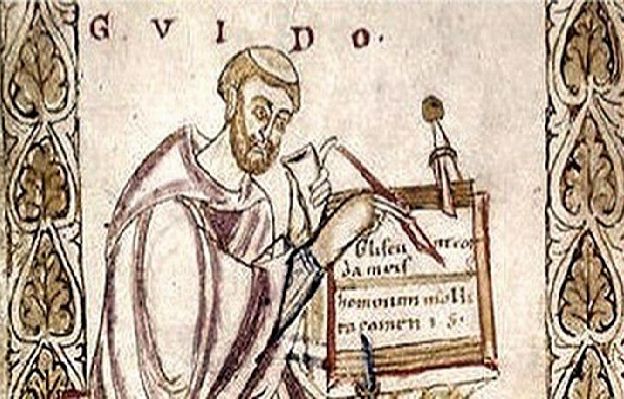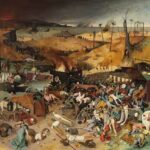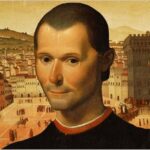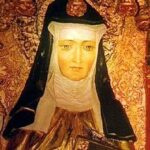Guido of Arezzo was a monk who lived during the Middle Ages, and may be considered as one of the most influential figures in the history of modern music. During the Middle Ages, the monastery was one of the most important European institutions.
The worship of God was of paramount importance in the life of a medieval monk, and one of the ways this worship was rendered was through the chanting of sacred music. Guido of Arezzo sought to rectify one of the problems that plagued these chants, and it was because of this contribution that he has made such a big impact on music of the subsequent ages.
Guido of Arezzo was originally known as Guido Aretinus, and was born during the last decade of the 10th century AD (the year of his birth is commonly speculated to be either AD 991 or 992 or 995). Guido was born in France, and became a monk of the Order of St. Benedict in the monastery of St. Maur des Fosses, which is located near Paris. Early in his career as a monk, Guido was already aware of the confusion that existed when sacred music was taught and performed.
At that time, it was impossible for composers to record their exact musical works in manuscript. As a result, the melody of sacred music had to be memorized, and was passed down orally from one generation to the next. The way these pieces were chanted, however, changed over time, as a result of memory errors or differences in taste.
During the 9 th century AD, a system of musical notation known as the neumatic notation appeared. These neumes contained general information about the contour / shape of a melody. Nevertheless, as the intervallic distance (the difference between two pitches) between notes were indistinguishable, this system could not record the exact pitches of a melody. Hence, the chanters of sacred music remained reliant on oral tradition when it came to learning the melody of a song.
It was these inconsistencies in the chanting of sacred music that Guido sought to rectify. Hence, Guido began to make innovations on the methods of teaching that were prevalent at that time. It seems that Guido’s undertakings made him unpopular amongst the other monks of St. Maur des Fosses, and led to his removal to the monastery of Pomposa, which was near Ferrara, Italy. Whilst in Pomposa, Guido taught music and developed his educational method. Guido himself claimed that a pupil of this method might learn within five months that which in the past would have taken 10 years to master.
Guido began to gain a reputation throughout Italy for his successes. It is said that this made his fellow monks in Pomposa jealous, and that it is likely that they had Guido expelled as well. Guido then moved to Arrezo, a city in Tuscany, Italy. Whilst it is unclear as to the exact date when Guido arrived in the city, we do know that it was during the time when Theudald was the bishop of Arezzo. Whilst Arezzo had no abbey, it did have a cathedral, and it was the cathedral singers that Guido was in charge of training.
It was also in Arezzo that Guido wrote the Micrologus de Disciplina Artis Musicae (A Short Treatise on the Discipline of Musical Art), which was dedicated to his patron, Bishop Theudald. News of this treatise soon reached the Pope, John XIX, who was intrigued by these reports, and invited Guido to demonstrate his teachings to him in Rome. The Pope was so impressed by Guido’s innovations, that he requested the monk to stay in Rome and instruct the Roman clergy in this new system, as well as to introduce it into general practice.
Guido’s musical innovations, however, have survived to the present day. The foremost of these is the staff notation, which he developed from the earlier neumatic notation. Although slightly altered, this system of musical notation is still in use today. Another well-known innovation by Guido is the use of syllables to teach musical notes. It is thanks to Guido that we have the ‘do-re-mi’ today. Finally, Guido is believed to have invented the ‘Guidonian hand’, another mnemonic device that was used in the teaching of music.








